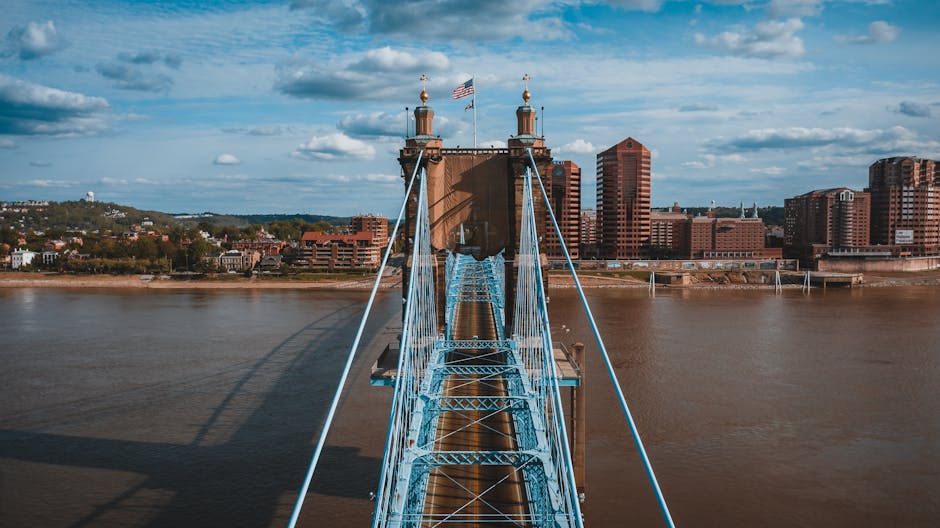Understanding
 The Basics of Commercial Construction
The Basics of Commercial Construction
When you think about commercial construction, you probably picture office buildings, retail spaces, hospitals and sports facilities. However, there is much more to commercial construction than these examples. It can include restaurants, which need to adhere to local regulations because of their work with food; industrial buildings, which require extensive plumbing and electrical systems; and institutional structures, such as schools or libraries. It can even involve a combination of these, such as a hospital with a grocery store and shopping mall attached.
There are three levels of commercial construction projects: small, medium and large. Small-scale projects are usually for clients that want to remodel or redistribute workflows in their existing building. They may also be for offices that need to add additional space. This type of project requires a lot less planning than medium and large projects, but it still needs professional expertise to complete it.
During the design phase of a commercial project, teams of engineers will create drawings and schematics that are based on information about the client’s desired facility. They will also account for hard and soft costs, which can vary depending on where the building is located. These documents are critical because they will determine how long the project takes and how much it will cost. During this stage, it’s essential for commercial contractors to have clear communication with their clients.
Once the design and cost documents are finalized, the next step is to secure the necessary materials for the construction process. This can be challenging because the contractor has to stick to a budget without skimping on quality. It’s also a good idea to ask for bids from vendors before making any decisions on the procurement process.
The building process itself can begin once the project is approved by the owner and the necessary permits are secured. This is a time-consuming part of the process, and it can take several months to complete. This is because commercial buildings are larger than residential properties, which means they take longer to build and are harder to maneuver on construction sites.
Once construction begins, a team of professionals will build the foundation and structural elements of the building. They will install electrical, plumbing and HVAC systems. They will also lay out the infrastructure for a shared network that connects the offices, retail areas and shared public spaces. This network will be designed to meet the specific requirements of each individual space.
Most commercial construction sites are more regulated than residential ones, so there’s a higher level of oversight during the build. This is especially true for industrial construction, which often requires strict compliance with environmental guidelines. These rules are in place to prevent safety hazards and ensure that the finished product meets industry standards. They also help to minimize waste and keep the environment healthy for future generations. Because of these regulations, it’s important for commercial contractors to stay in contact with government officials and make sure they are following all the right rules.
The Essential Laws of Explained
This post topic: Real Estate